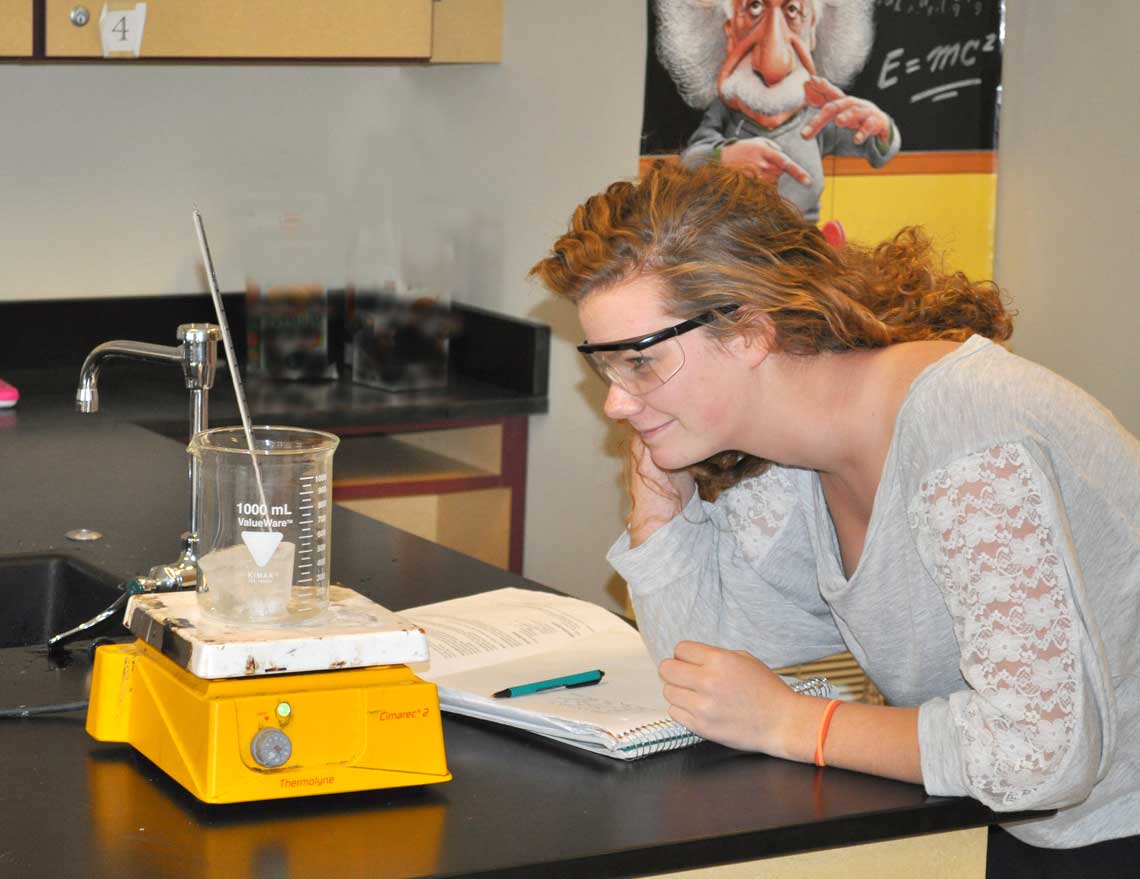Sharing What Works
Sharing What Works
Here I hope to bring new work of teachers using visual tools with learners. Teachers who use visual tools with learners XXXXXXX
Soon to come:
Using drawing as a note taking tool changes learners..
Better Data With Drawing
Instant visual Assessment
Deaf learners and Visuals
Painless Learning

LEARNING FROM LEARNERS: In Visual Tools in the Content Areas, I offer a story about my son showing me a better way to learn to ride a bike — a surefire method without the crashes we think of as an inevitable side effect of learning to ride. When Jon Moss (engineer and high school physics teacher) saw my story he said he’d refined that strategy. Take a look at painless learning.
The story is my attempt to highlight the idea that students intuitively know about “best practices” — and for obvious reasons — they are the ones struggling and often failing with our conventional text-focused tools. With visual tools “students teaching us” is more than an inspirational metaphor. Students show us how they learn and why our adult prescribed text-focused methods do not work for them.
Jon Moss brings his experience as an engineer, using drawing as an everyday thinking / problem solving tool, to his classroom practice. He uses drawing to teach complex concepts (above he is drawing pictures to explain wave frequency related to the doppler effect). He knows drawing helps him to focus and organize his own ideas and he encourages students to use drawing to integrate ideas, to record notes and write labs and more. Below are two examples of the ways students’ drawings make his science classes more engaging and meaningful for learners.
Better Observations with Drawing

SORRY —- THIS SECTION STILL UNDER CONSTRUCTION
In Visual Tools 2 Jon Moss shows how a simple change to the traditional time temperature chart can change learners experience…

